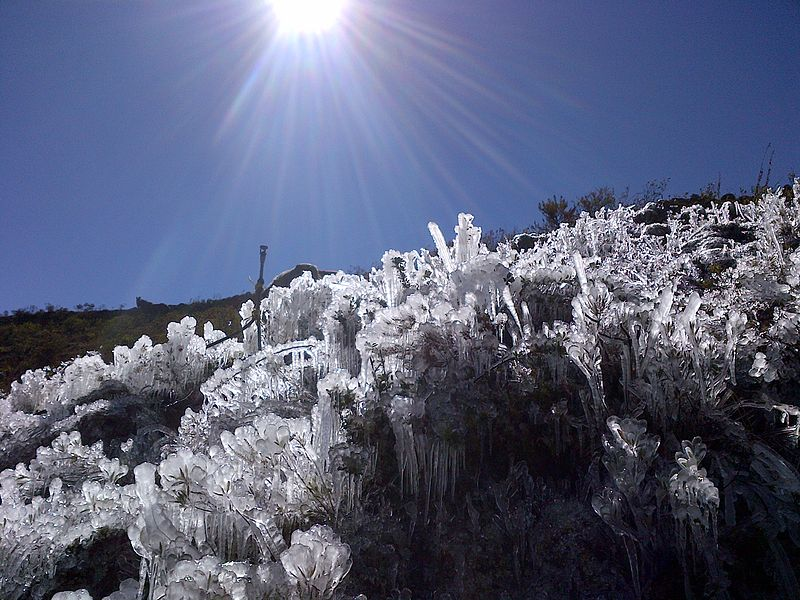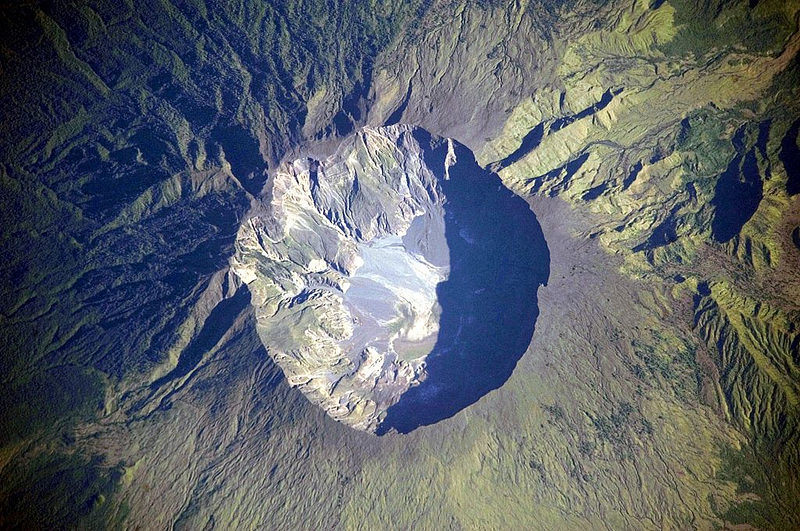# 1816: The Year Without Summer and Its Global Impact
Written on
Chapter 1: The Unprecedented Year of 1816
The year 1816 stands out as one of the most challenging periods in human history. Known for its bizarre and harsh climate, it brought forth phenomena such as snowfall in June, sub-zero temperatures in July, and frostbite in August. This year is often referred to as the “Year Without Summer,” affecting vast regions, particularly in Europe and North America.
The unexpected winter left many unprepared, leading to severe food shortages and near-famine conditions. With no provisions stored, this abrupt climate shift disrupted food and water supplies in major cities and triggered outbreaks of various diseases. Furthermore, it prompted significant migrations as people sought refuge from the relentless cold.
During the 18th century, communication was far less advanced, leaving populations bewildered and alarmed by these unusual weather patterns. Modern-day scientists have traced the root cause of this climatic catastrophe to a massive volcanic eruption at Mount Tambora in Indonesia, marking it as the largest eruption in recorded history.
Let’s delve deeper into the ramifications of this summerless year across different regions and its effects on humanity.
Section 1.1: Floods in Asia
In India, the altered weather patterns led to significant challenges. The delayed onset of summer postponed the Monsoon rains, resulting in catastrophic floods that exacerbated the spread of cholera from northeastern India to as far as Russia. Conversely, Japan managed to mitigate the impact due to lessons learned from the Great Tenmei Famine in the late 1700s. Reports indicated only minor crop damage, allowing Japan to maintain relative stability.
In stark contrast, China faced dire consequences, suffering from severe famine and destructive floods. Disruptions in the Monsoon resulted in widespread devastation of crops, further compounded by unusually cold temperatures that led to summer snowfall in various regions.

Section 1.2: Frost in North America
In the eastern United States, an unusual fog enveloped the region, so dense that it dulled sunlight visibility, making even sunspots noticeable to the naked eye. The absence of rain or wind exacerbated the situation, leading to resource scarcity—particularly in essentials like food, wood, and water.
The cold spell devastated crops, with frost destroying much of the agricultural output. Farmers in elevated areas struggled with an unexpected five-day snowfall that further hindered their efforts. The limited transportation options made it difficult to move what little harvest was available, leading to soaring prices and hardship for many.

Chapter 2: Social Unrest in Europe
As Europe was still recovering from the Napoleonic Wars, the eruption of Mount Tambora intensified the already existing food shortages. The combination of heavy rains and frigid temperatures decimated crops, leaving many to wander in search of food and shelter.
In Germany and other European nations, food prices skyrocketed, leading to widespread unrest. Demonstrations outside bakeries and grain markets quickly escalated into riots, looting, and violence. The hunger crisis was severe enough that it was likened to the French Revolution, culminating in a significant typhus epidemic that claimed over 65,000 lives.

Section 2.1: The Eruption of Mount Tambora
The eruption of Mount Tambora in 1816 was unprecedented, marking the most powerful volcanic explosion ever recorded. This event had global repercussions, including agricultural collapse and severe weather changes.
Located in what was then the Dutch East Indies, the eruption claimed tens of thousands of lives, either from the blast itself or subsequent starvation as ash blanketed crops. The eruption released millions of tons of debris and sulfur dioxide into the atmosphere, resulting in a significant drop in temperatures worldwide.

Section 2.2: The Future of Mount Tambora
As we reflect on these events, one might wonder whether Mount Tambora could erupt again. The short answer is yes. Scientists have established that Mount Tambora has erupted multiple times prior to 1816, and it remains a potential threat that could manifest without warning.
The unpredictability of volcanic eruptions underscores the need for vigilance and preparedness against such natural disasters.

Final Thoughts
Volcanoes play a crucial role in Earth's geological processes. While some are dormant, others pose significant risks. Major eruptions like that of 1816 can produce both adverse and beneficial effects, such as potentially slowing global warming, yet they also bring catastrophic consequences that humanity must be prepared to face.